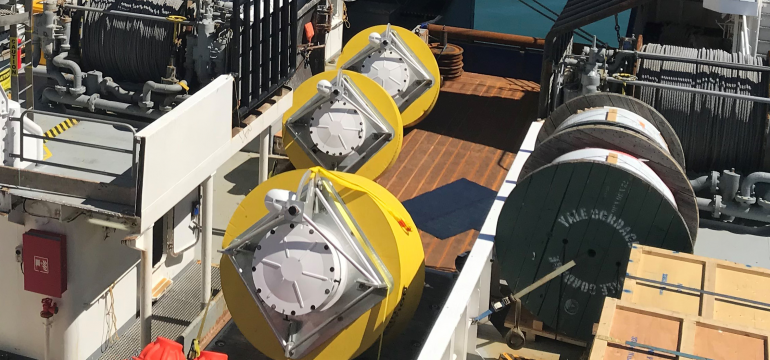World Tsunami Awareness Day encourages Kiwis to know the risk and get prepared
Tsunamis are a powerful force of nature and the reality is they’re a natural hazard risk we face here in New Zealand.
The good news, says Sarah-Jayne McCurrach, the Earthquake Commission’s Manager of Risk Reduction and Resilience, is that we often have some warning before they arrive, and there’s a lot we can do to prepare.
Today is World Tsunami Awareness Day and McCurrach says collectively we can all take a moment to understand the right actions to take before a tsunami happens – especially if we live or work near the coast.
“It’s important to know that we all have a role to play in recognising when we need to move to safety and helping others as we go. Remember, if you feel a long or strong earthquake, get gone,” McCurrach says.
As Chair of Understanding of Tsunami Risk – Pacific Tsunami Warning System as well, McCurrach explains that New Zealand has done some fantastic work over the years but there's always room for improvement.
“New Zealand and the Southwest Pacific now have the second largest tsunami monitoring and detection network in the world, through the deployment of 12 Deep-ocean Assessment and Reporting of Tsunami (DART) buoys. These have been strategically positioned around the region and can detect if a tsunami has been generated, giving us some warning to allow communities to move to safety.
“EQC also continues to invest in science to help the development of a National Tsunami Risk Model – a tool that will help us better understand the tsunami impact around New Zealand and help to evaluate the most effective risk management options to keep our whānau, communities, and properties safe.”
In addition to this, EQC is supporting communities around New Zealand so they can better understand how far a tsunami may travel inland. This is set to help local and regional councils in higher-risk areas make better decisions as they not only plan their evacuation routes, but where to build in the future for smarter land-use planning.
Tsunami risk management is a multi-agency, multisector effort and EQC is one of many agencies working hard to ensure our communities are aware of their risk and are prepared.
“Take a moment today to look at your local or regional council maps, see if you live in a tsunami zone and make a plan with your friends and whānau should you feel a long or strong earthquake.”
“It can be scary to think about a tsunami happening on our shores, but it’s important to be prepared.”
World Tsunami Awareness Day is led by the United Nations.
